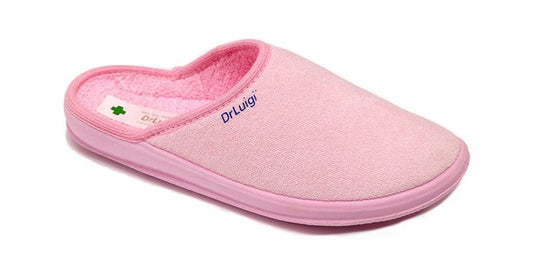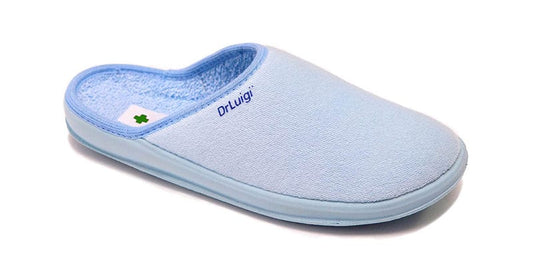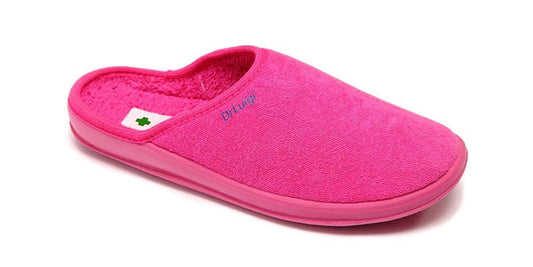Shin splints, medically termed medial tibial stress syndrome, denote painful inflammation of the muscles, tendons, and bone tissue along the inner border of the shinbone (tibia).
Causes: Shin splints typically arise from repetitive stress on the shinbone and its connecting tissues. Common causes include:
- Overuse: Prolonged engagement in high-impact activities like running or jumping.
- Inadequate footwear: Insufficient support or cushioning from shoes.
- Muscle imbalances: Weakness in leg or hip muscles leading to overuse of shin muscles.
- Flat feet: Lack of arch support, predisposing to overpronation.
- Running surface: Hard surfaces like concrete exacerbate strain on the shins.
Symptoms: Typically emerging post-exertion and subsiding with rest, shin splints manifest through:
- Ache: Dull, throbbing pain along the inner edge of the tibia.
- Tenderness: Pain or discomfort upon touching or pressure.
- Swelling: Inflammation may cause swelling or redness.
- Stiffness: Feeling of tightness, especially after rest or upon waking.
- Cramping: Muscular cramps in the affected area.
- Fatigue: Exhaustion and weariness due to pain.
- Bruising: Severe cases may present with bruising.
Treatment: Effective management of shin splints involves:
- Rest: Allow adequate time for recovery and avoid aggravating activities.
- Ice: Apply ice packs to alleviate pain and reduce inflammation.
- Stretching and strengthening exercises: Target muscles and tendons to enhance flexibility and resilience.
- Physical therapy: Utilize professional guidance for tailored rehabilitation.
- Pain relief: Over-the-counter medications may help alleviate discomfort.
- Address underlying causes: Correct factors like overuse, footwear, or running surface. Consultation with a healthcare provider or physical therapist is advisable for personalized treatment planning.





